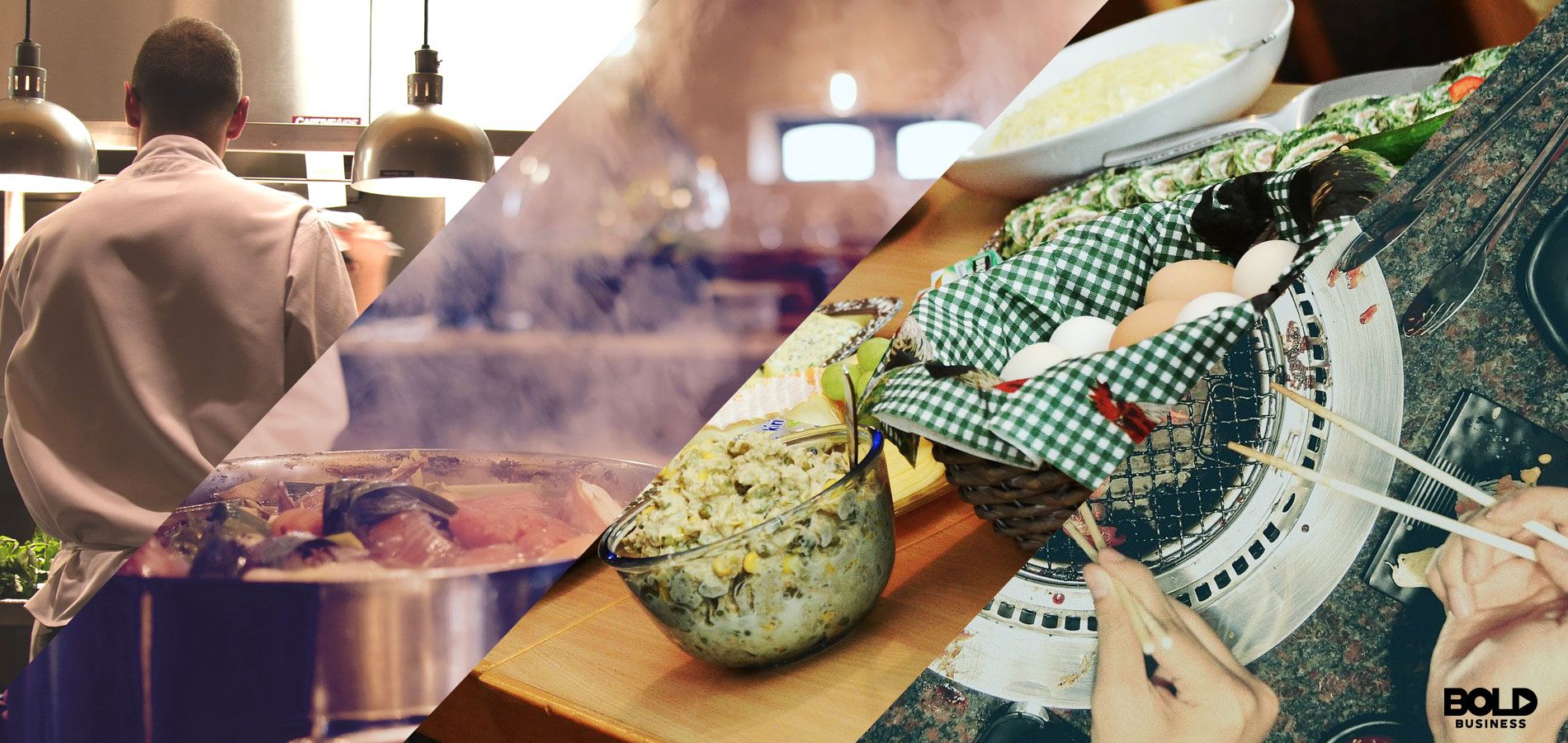Everyone who has worked in the food service industry will tell you that lunchtime is always a hurdle. Tons of people scramble around between 12:30 to 2 PM which makes it a stressful time for the kitchen and service crew, and to some extent — for the customers.
This is one of the most important times of the day for any restaurant as the sales during breakfast and lunch make up a huge portion of a restaurant’s daily income. It is true for almost any food establishment – whether it’s a privately-owned restaurant or multinational fast food chain. The go-to solution of most restaurant owners is to add more staff for more manpower. Some establishments, however, are beginning to feel that this might not be the optimal solution.
Since they are looking for a faster solution, restaurant chains all over the world have begun automating parts — or some, all — of the stages of their food operation. This includes accepting an order; serving a customer; and preparing the food.
This isn’t an entirely new concept as the very first automated restaurant, Quisisana, was established back in 1895 in Berlin, Germany. After this, the idea spread to the US and another restaurant like it opened in 1902 with Hord & Hardart.
These restaurants are called automat restaurants where hungry customers can pick up home-cooked meals and pre-packed sandwiches through vending machines. Of course, our hunger to innovate is just as strong as it was 122 years ago. Now, we are still thinking about automating our dining experience but are now using technology that’s more known to us. With the rise of mobile apps and touchscreen technology, hungry customers want more customized options while waiting for shorter queues.
In fact, studies have shown that there are five advantages of automation in the food industry: It can cause a reduction in the labor needed to make the food; it standardizes the output of the food produced; reduces waste; increase in work safety; and quality and brand protection.
Mintel’s US report on dining out in 2018, states that almost one out of five diners will plan on using mobile food orders this coming year. One in seven diners would also like to see an increase in options from food kiosks. It is these data that the big companies are sure to take note of. In fact, you’ll notice that the local McDonalds in your area probably have a self-serving screen installed nowadays. This allows you to order a Big Mac meal on your own before proceeding to a manned counter to pay. Big companies are now trying to move their entire food operation with as minimal staff as possible for both the counter and the kitchen.









